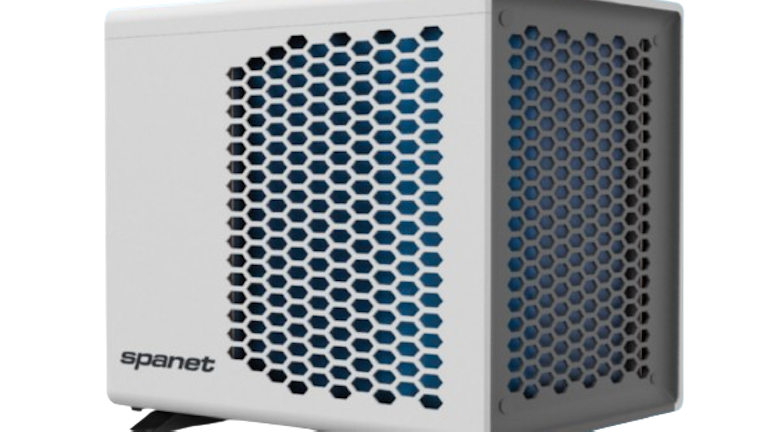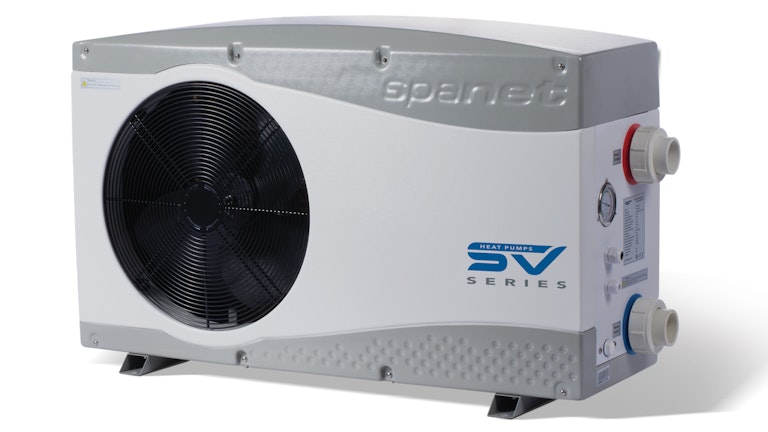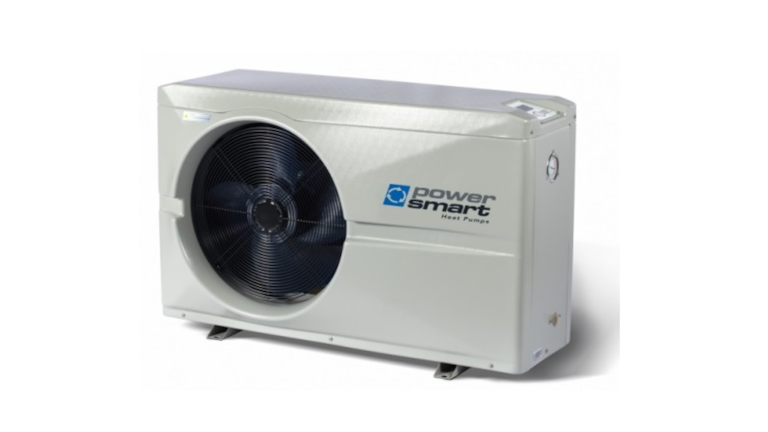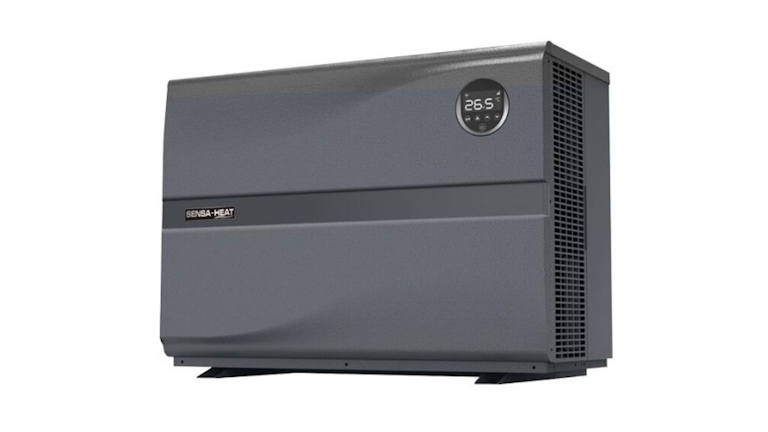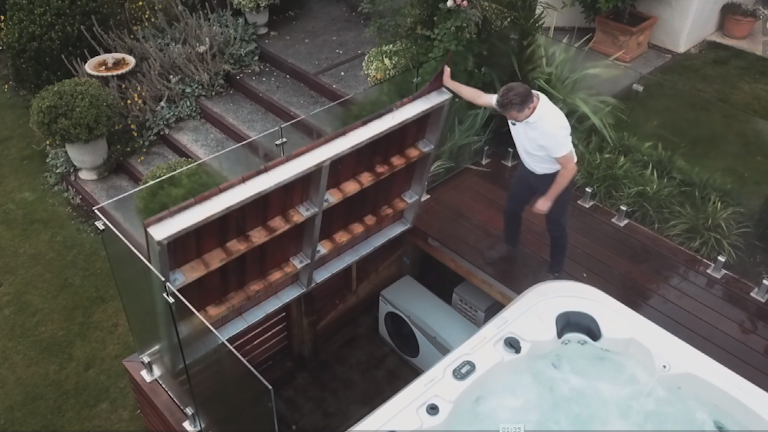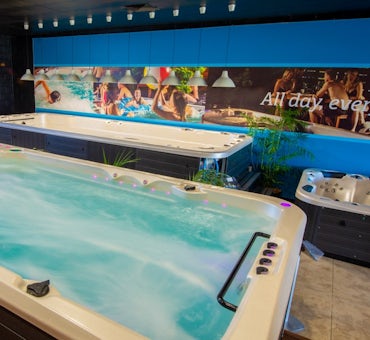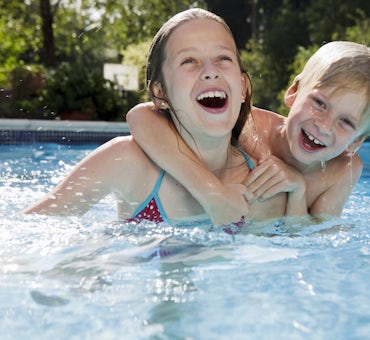If you're a spa owner and want to reduce your energy consumption, investing in a spa heat pump is a smart choice. However, it's important to choose the right one for your needs.
In this article, we review the top heat pumps for sale in Australia along with important factors you need to consider when buying a heat pump, tips on spa maintenance and installation, and more.
Please note: All information, including pricing and product details, was accurate at the time of writing and may change without prior notice.

